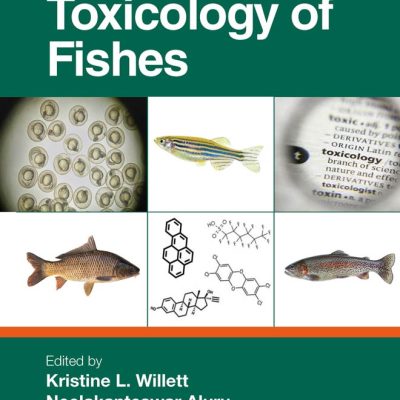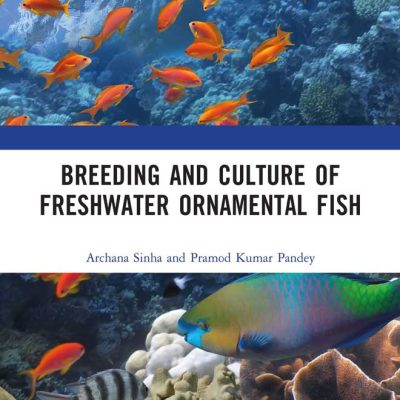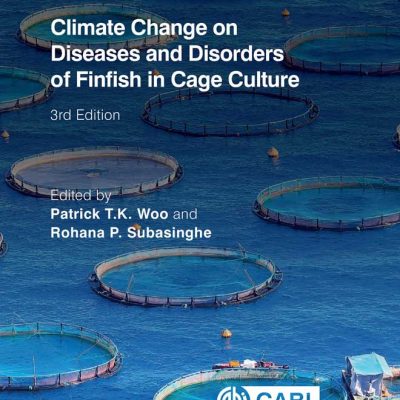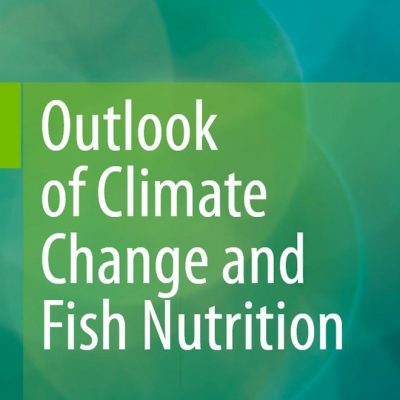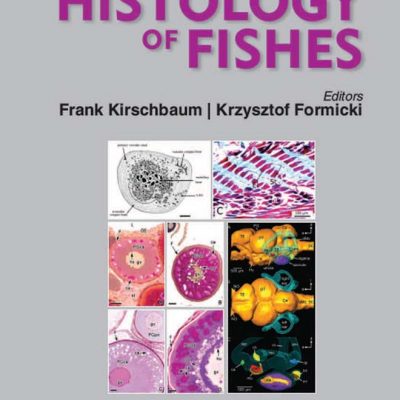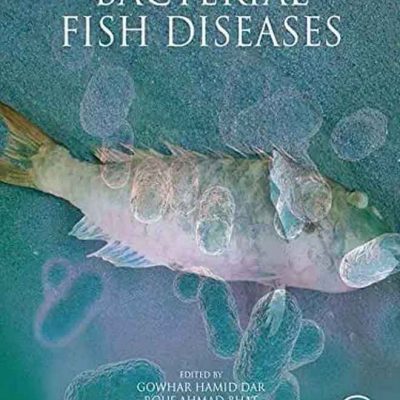
Biomarkers for Stress in Fish Embryos and Larvae
by Irina Rudneva
August 2013
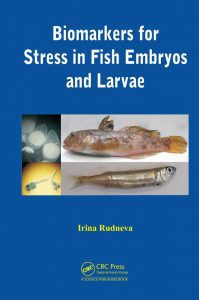
The present work evaluates the toxic effects of some environmental stressors on fish eggs and larvae and describes the biomarker responses of fish from locations with varying levels of pollution. Development of the main groups of biomarkers is discussed. The book demonstrates general trends and specific peculiarities of biomarker induction in early fish life and their association with the animal’s developmental stages. It addresses responses of fish eggs and larvae to pollution under experimental conditions and presents information obtained from in situ studies.
Chapters describe xenobiotics accumulation, anoxia and hypoxia, increasing temperature, eutrophication, and other unfavorable environmental factors, including biotic and abiotic factors, and their impact on fish embryos. They also examine fluctuations in biomarker levels in fish eggs and larvae that have been impacted by climate changes and discuss possible scenarios, especially for fish population size, reproduction, growth, development and biodiversity.
- Summarizes information about fish development in early stages which will be helpful both for aquaculture researchers and ichthyologists
- Covers the battery of biomarkers, their function and role in defense of the organism against unfavorable factors in early life
- Describes the formation of defense systems in early fish life is described which is important in evolutionary and ontogeny studies

